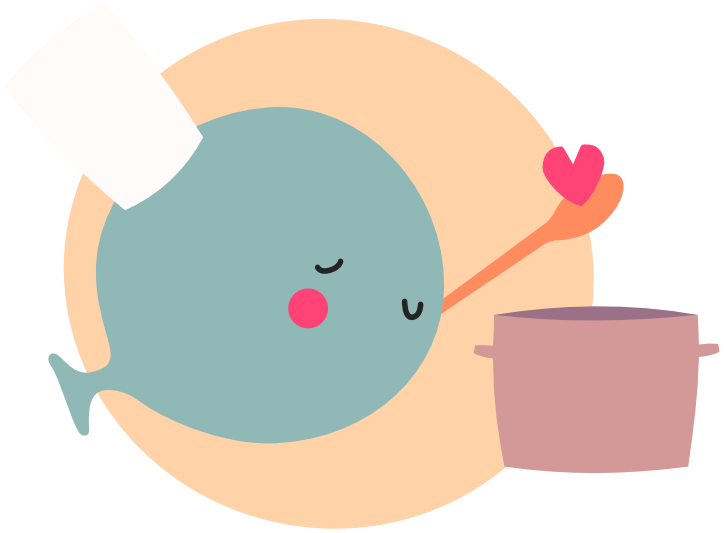Recap
You have now learned the fundamentals of Lua.
You have learned about variables and their types.
local my_number = 10
local my_string = "hello"
local my_boolean = true
local my_table = {}
local my_function = function () return end
local my_nil = nil
You have learned about functions. How they can have parameters. How you can pass arguments when you call them. And how they can return a value.
local function helloAnimal(animal)
return "Hello " .. animal
end
print(helloAnimal("whale"))
You have learned about expressions.
local higher_than = 9 > 4
local lower_than = 2 < 8
local equal_to = 5 == 5
local higher_than_or_equal_to = 8 >= 3
local higher_than_or_equal_to = 4 <= 4
Note
To be more precise, these are also expressions. They all use a different type of operator. Read more about expressions.
local arithmetic_operator = 5 * 7
local relation_operator = 8 > 2
local logical_operators = true and false
local concatenation = "Hello " .. "world"l
You have learned about control structures.
if true then
print("if-statement")
end
for i = 1, 10 do
print("For-loop")
end
while true do
print("While-loop")
break
end
repeat
print("Repeat-until loop")
until false
Note
Control structure is a very technical term. Often we simply call them statements instead. Read more about statements.
And you have learned about tables, and the different ways you can use them.
Using tables as a list.
local my_list_table = {
"item 1",
"item 2",
"item 3"
}
table.insert(my_list_table, "item 4")
my_list_table[5] = "item 5"
for index, value in ipairs(my_list_table) do
print(index, value)
end
And using tables as an object.
local my_object_table = {
property: 123
}
my_object_table["key"] = "whale"
my_object_table.dot = true
for key, value in pairs(my_object_table) do
print(key, value)
end
Fundamentals combined #
In the demo below, we combine all the fundamentals we learned. We create a moving rectangle each time we press the left or right arrow key (make sure you click on it first). Based on the arrow key, it moves either left or right.
Tip
Don't be discouraged if you have trouble understanding the code below. Learning individual concepts is one thing, but learning how to use them combined is a challenge on its own. Reread the chapters, experiment with the demos, try to make things yourself, and dare to take the next step even if you feel like you're not ready. Because that's how you learn.
-- We declare the local variable rectangles, and assign a table as its value.
local rectangleList = {}
-- We create the function createRectangle.
local function createRectangle(direction)
-- We create a new local variable named rectangle.
-- It won't be available outside of this function.
local rectangle = {
-- We make it an object, and give it these properties.
x = 375,
y = 20,
width = 50,
height = 120,
-- This will be either "left" or "right",
-- based on what is passed as argument.
direction = direction
}
-- We return the rectangle
return rectangle
end
function love.update()
-- We loop through the list of rectangles
for i, rectangle in ipairs(rectangleList) do
-- Move the rectangle to the left or right based on its direction.
if rectangle.direction == "left" then
rectangle.x = rectangle.x - 1
elseif rectangle.direction == "right" then
rectangle.x = rectangle.x + 1
end
end
end
function love.draw()
-- We loop through the list of rectangles
for i, rectangle in ipairs(rectangleList) do
-- Draw the rectangle using its properties.
love.graphics.rectangle("fill", rectangle.x, rectangle.y,
rectangle.width, rectangle.height)
end
end
function love.keypressed(key)
-- If the key pressed is not "left" and is not "right"...
if key ~= "left" and key ~= "right" then
-- Go out of this function.
return
end
-- We are still here, so the key is either "left" or "right".
-- Because of the 'return', we don't need to use an 'else'.
-- Call createRectangle, and pass the key as argument.
-- We add its returned value to the list of rectangles.
table.insert(rectangleList, createRectangle(key))
end

